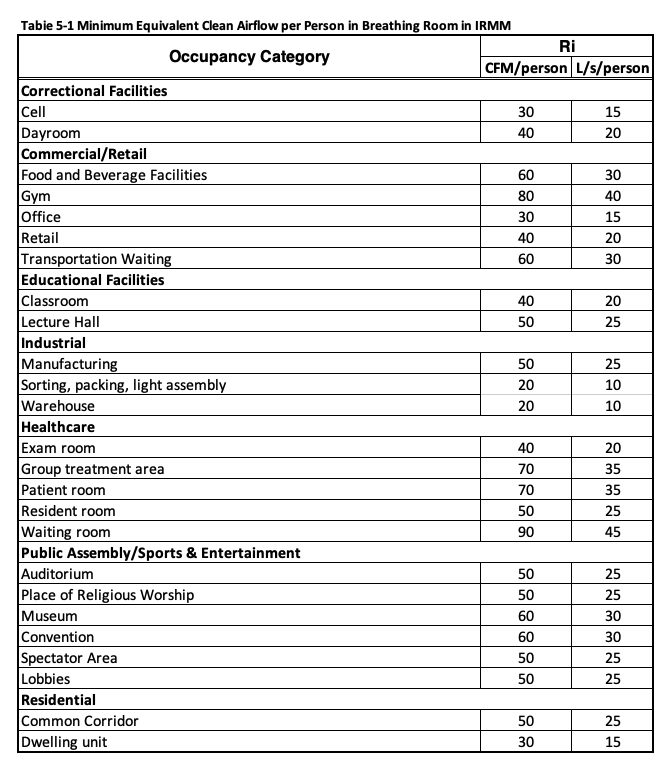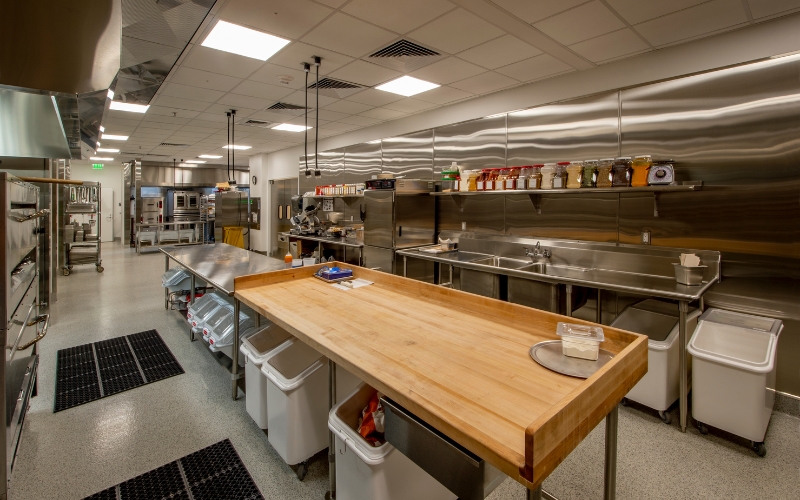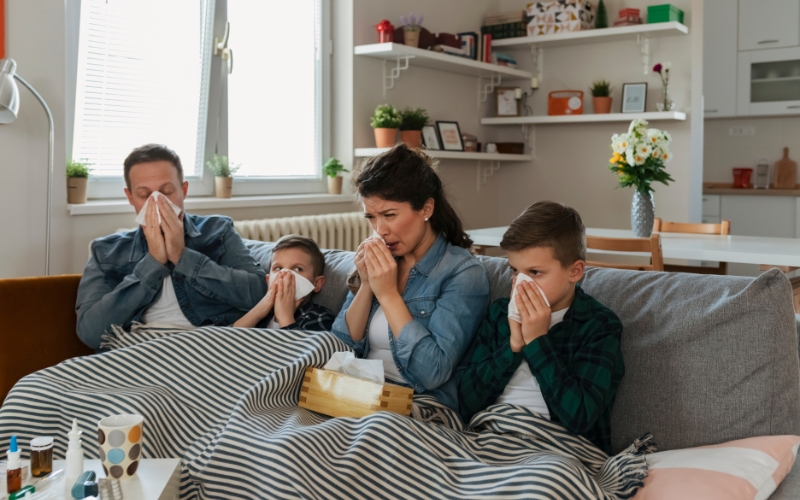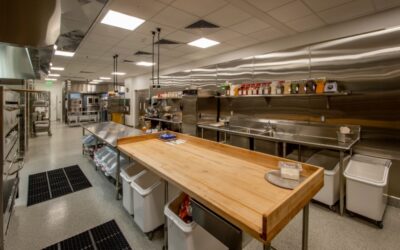Last summer, the American Society of Heating, Refrigerating, and Air Conditioning Engineers (ASHRAE) released Standard 241-2023 – Control of Infectious Aerosols. This was designed to establish minimum requirements for control of infectious aerosols in order to reduce risk of disease transmission. It applies to new and existing buildings and major renovations to existing buildings. Within the standard, it includes requirements for both outdoor air system and air cleaning system design, installation, commissioning, operation, and maintenance.
Let’s put that in layman’s terms. ASHRAE Standard 241 was created with the idea of reducing the risk of infection from airborne diseases in indoor spaces. It’s a very simple concept with some complicated details.
According to ASHRAE, this was needed because previous requirements for airborne infection risk management have largely been absent from Indoor Air Quality (IAQ) standards for more than a century. That isn’t so much true of healthcare facilities and laboratories, but everywhere else has greatly lacked. This was highlighted when COVID-19 hit, showing that poorly ventilated buildings can be high risk environments.
That’s when ASHRAE created a comprehensive, consensus-based, code-enforceable standard that was designed to manage that risk from respiratory pathogens. They formed a committee of international experts that spent literally thousands of hours in development and addressed more than 1,000 comments in putting this together.
Dr. Jashish Jha, the US White House COVID-19 Response Coordinator called it “one of the most important public health interventions I have seen in years, if not decades.” Whoa. That is certainly high praise for these requirements.
ASHRAE Standard 241 Prerequisite
Before implementing Standard 241, requirements for ASHRAE 62.1 have to already be in place. The most recent version of ASHRAE 62.1 specifies minimum ventilation rates and other measures intended to provide IAQ that’s acceptable to human occupants and minimizes adverse health effects. It defines the total outdoor air volume per person over time that must be brought into a building to dilute infectious aerosols.
The Scope and Elements of ASHRAE Standard 241
Standard 241 defines the amount of equivalent clean airflow met by a combination of ventilation, filtration, and air cleaning necessary to substantially reduce the risk of disease transmission during infection risk management mode. That’s a lot to unpack.
Infection Risk Management Mode (IRMM)
The Standard identifies additional layers of engineering controls that need to be implemented during periods where risk is elevated and transmission is higher. These are typically documented in a building readiness plan and are activated during IRMM. That is the operating mode when increased protection from infectious aerosol exposure is needed. That’s a big difference between this and previous requirements. While many aspects of the standard are required to be provided when not in IRMM, the full standard is only required when in IRMM.
Authorities Having Jurisdiction (AHJs) are who determine when to implement this infectious aerosol standard. An AHJ can be the health department or even the building owner.
Requirements for Equivalent Clean Airflow Rate
ASHRAE Standard 241 concentrates on filtration and air cleaning and disinfection to control indoor air quality. While these targets for equivalent clean airflow rates were not part of previous standards, they are now introduced. The new standards increase building ventilations by as many as ten times that of previous standards. The chart is below and you can download the Equivalent Clean Airflow Calculator here.

Utilization of Filtration and Air Cleaning Technology
For the purposes of this particular standard, air cleaning refers only to the reduction of infectious aerosols in the air.
Planning and Commissioning
Within Standard 241, there are assessment and planning requirements along with a building readiness plan. It also outlines procedures for commissioning systems to determine their installed performance.
Synexis and ASHRAE Standard 241
The newest device from Synexis, the Sentry XL can help your building meet ASHRAE Standard 241. It’s the most advanced portable device yet from Synexis, designed to deliver a wider operating range and extended coverage for larger, more challenging indoor environments. It uses our patented Dry Hydrogen Peroxide (DHP®) technology to deliver enhanced performance for indoor spaces that have been verified to help you meet ASHRAE Standard 241.







